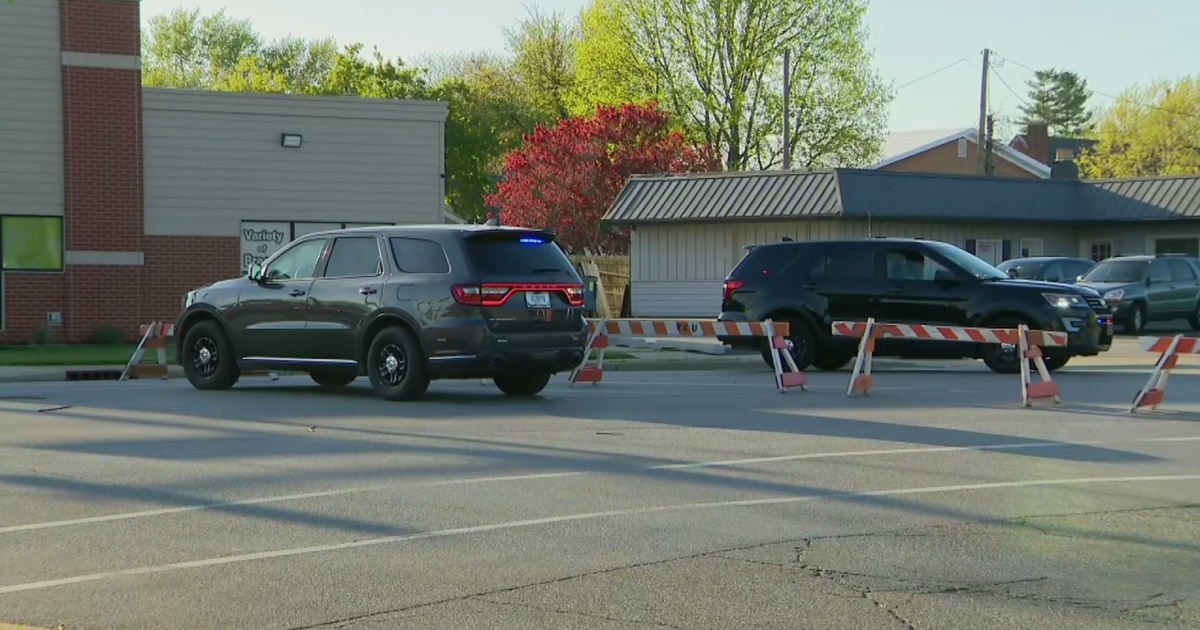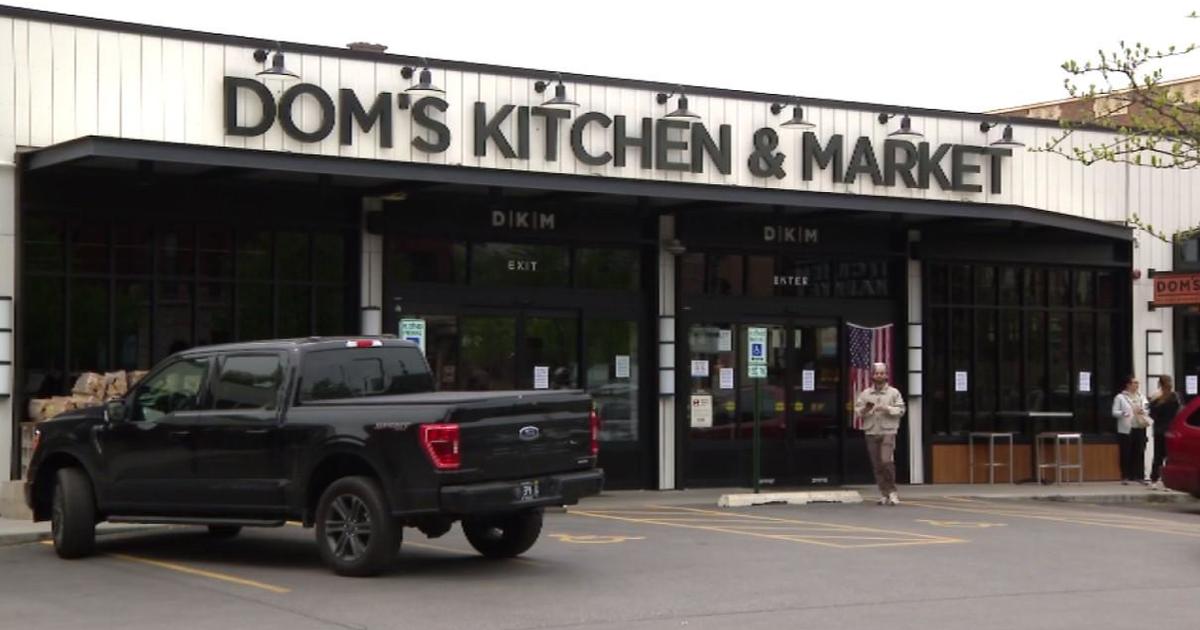Gary Sanitary District Dumped Billions Of Gallons Of Sewage
GARY, Ind. (STMW) -- Over the past three years, the Gary Sanitary District has discharged at least 6.8 billion gallons of raw and partially treated sewage to the bacteria-impaired Grand Calumet River and the flood-prone Little Calumet River, according to a Post-Tribune analysis of state data.
And there's no end in sight. Neither the state or federal government has set a deadline for Gary to reduce its overflows and treatment bypasses.
The federal government says it's negotiating a legal agreement with Gary, but hasn't reached one since it started trying five years ago. The Indiana Department of Environmental Management hasn't issued a single fine against the district for its more than 600 combined sewer overflows and bypasses since 2008.
Henry Henderson, Midwest director for the Natural Resources Defense Council, said the system "seems set up to allow perpetual overflows."
"This is astonishing," he said. "This seems to me like you've got basically a third of the year, you've got overflows, which are cumulative to an extraordinary degree. The system seems to be poised ... to allow overflows and violations. ... It ends up contaminating our beaches. It's just something that seems to me straightforward that we need to fix. Is it the fate of our waters to be sewers? It looks like a number of our leaders think so."
According to the Post-Tribune analysis, the Gary Sanitary District dumped nearly 1.3 billion gallons of raw, untreated, sewage combined with stormwater to the Little Calumet and Grand Calumet rivers in 2009 alone. The overflows spread across 60 days.
The Grand Calumet River discharges to Lake Michigan, the source of drinking water for millions of people, including residents of Northwest Indiana and Chicago.
"We might have years where there's more precipitation but I think the fact that it's so consistent is frightening," said Jennifer Nebe, water program manager at Save the Dunes. "I think people would be pretty shocked if they knew how often that happens in Northwest Indiana and across the nation. Pretty much raw sewage is discharged into our waters regularly."
The diluted sewage discharges, known as combined sewer overflows, generally happen during heavy rains when the treatment plant doesn't have the capacity to process all the sewage. So the district discharges the untreated sewage before it reaches the plant. That's allowed during heavy rains.
More than half of the sewage, about 707 million gallons, went to the Grand Calumet. The remaining 590 million gallons went to the Little Calumet.
The Grand Calumet River is impaired for E. coli from Gary to the Illinois state line. That means the river exceeds federal water quality standards for bacteria. E. coli is typically found in human waste. When the bacteria reach a beach, it can lead to beach closures.
No deadline for resolution
Treatment plant superintendent Don Smales said Gary cleans out its sewers and invests in upgrades at its treatment plant. Smales said the district is not separating storm and sanitary sewers, which is a common way for districts to stop overflows.
Municipalities are supposed to have a long-term control plan to reduce their overflows, but Gary is waiting for the U.S. Environmental Protection Agency to approve a computer model used by the city's consultants before the district can submit its plan, he said.
"They have to have the model so they can run the simulation," Smales said. "They simulate different storm events to determine how the sewer system reacts to where the problems are, and they will make a recommendation on how we can reduce those combined sewer overflows over the long term."
Sewer overflows weren't part of the deal when the federal government entered into a legal agreement with the Sanitary District in 2002 regarding other environmental issues. EPA spokesman Pete Cassell said the EPA, the U.S. Department of Justice and the city of Gary have been negotiating a new deal since 2005. It could contain a deadline for reducing overflows.
"The terms are still being negotiated. The time lines are still confidential," he said.
Smales said the last meeting was "well over a year" ago.
"I haven't heard anything officially that we're negotiating a new consent decree. We've had some meetings and they've talked about some things they want to incorporate in that," he said.
Gary Combined Sewer Overflows
Here's how much raw sewage combined with stormwater the Gary Sanitary District discharged to the Little and Grand Calumet rivers, according to state records:
2010 (May through July) 186,882,000 gallons, 40 overflows over 20 days
2009 1,297,600,000 gallons, 187 overflows over 60 days
Gary Treatment Bypasses
Here's how much partially treated sewage Gary Sanitary District discharged into the Grand Calumet River the past six years, according to state records.
2010: 1,891,924,200 gallons, 65 bypasses.
2009: 1,496,120,201 gallons, 130 bypasses.
2008: 2,022,398,000 gallons, 98 bypasses.
2007: 5,200 gallons, 4 overflows.
2006: 660,000 gallons, 3 overflows.
2005: 0 gallons, 0 overflows.
Total to Grand Calumet River, 2008-2010: 5.35 billion gallons
Gary Sanitary Overflows And Basement Backups
Here's how many times Gary Sanitary District overflows led to backups into buildings including basements, according to state records. The number includes only complaints about backups that the district investigated.
2010: 29
2009: 31
Source: Gary Sanitary District reports to Indiana Department of Environmental Management
-- Northwest Indiana Post-Tribune, via the Sun-Times Media Wire
(Source: Sun-Times Media Wire © Chicago Sun-Times 2011. All Rights Reserved. This material may not be published, broadcast, rewritten, or redistributed.)



